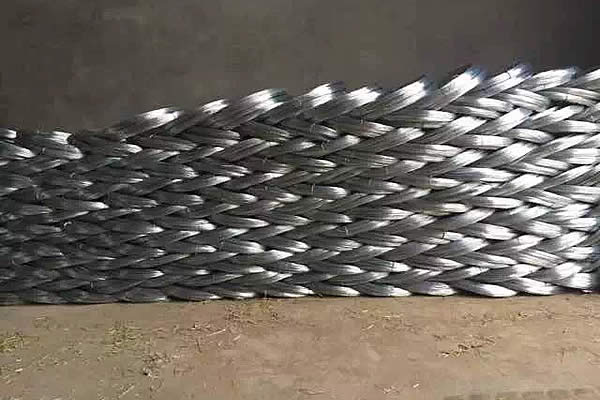 TEL:
+86-13102802206
TEL:
+86-13102802206
 Email:
fencenetting@china.com
Email:
fencenetting@china.com
 Language
Language
 TEL:
+86-13102802206
TEL:
+86-13102802206
 Email:
fencenetting@china.com
Email:
fencenetting@china.com
 Language
Language


The Price Dynamics of Barbed Wire Bundles An Overview
Barbed wire has long been a staple in fencing, providing security, boundary delineation, and animal containment for agricultural, residential, and industrial applications. The price of barbed wire bundles can fluctuate based on several factors including raw material costs, demand in various sectors, global economic trends, and even geopolitical developments.
Understanding Barbed Wire Pricing
At its core, the price of barbed wire bundles is influenced significantly by the cost of steel, the primary material used in its production. Steel prices tend to be volatile, affected by global supply and demand dynamics, mining production levels, and tariffs or trade restrictions. For instance, if raw steel production incurs higher costs due to energy price hikes or mining labor strikes, the cost of barbed wire will likely see a correspondingly upward trend.
In recent years, fluctuations in the steel market have led to unpredictable pricing for barbed wire. During periods of economic recovery, the demand for construction and agricultural fencing tends to rise, leading to increased consumption of barbed wire. Conversely, during economic downturns, the demand decreases, which can lead to lower prices as manufacturers seek to move excess inventory.
Market Demand and Applications
The demand for barbed wire is driven by a variety of sectors. The agricultural industry has historically been one of the largest consumers, using barbed wire for livestock fencing. The rise in organic and sustainable farming practices has also spurred demand, as farmers require effective and environmentally friendly methods of containing animals and protecting crops.

In addition to agriculture, the construction sector utilizes barbed wire for security and safety fencing around construction sites. Increased urbanization has led to greater investments in infrastructure, further driving demand. The burgeoning need for security measures in both residential and commercial properties has also seen barbed wire integrated into more sophisticated fencing systems.
Geopolitical Factors and Trade Impacts
Global geopolitical events can have a significant impact on the pricing of barbed wire bundles. Trade agreements, tariffs, and political instability in steel-producing nations can alter supply chains, leading to increased shipping costs and forcing manufacturers to adjust pricing. For example, tariffs imposed on imported steel can lead to higher domestic prices, which in turn, affects the cost of barbed wire products.
Furthermore, natural disasters and disruptions in production due to pandemics or economic sanctions can lead to scarcity in the market, driving prices up. The COVID-19 pandemic, for example, highlighted vulnerabilities in global supply chains, leading to increased costs in many industries, including fencing materials.
Future Trends in Barbed Wire Pricing
Looking ahead, the pricing landscape for barbed wire bundles will likely continue to be shaped by these aforementioned factors. Technological advancements in production processes may lead to more cost-effective manufacturing methods, potentially stabilizing prices in the long term. Additionally, the increasing emphasis on renewable energy and sustainable practices could push the market towards eco-friendly alternatives to traditional barbed wire, impacting demand and pricing structures.
In conclusion, the price of barbed wire bundles is subject to a multitude of factors that are interconnected with broader economic, environmental, and geopolitical trends. As consumers and industries adapt to changing conditions, staying informed about these dynamics is crucial for making purchasing decisions that align with both budget considerations and specific fencing needs. Whether for agricultural use, construction, or security, understanding the factors influencing barbed wire pricing can lead to more informed choices and better investment in fencing solutions.